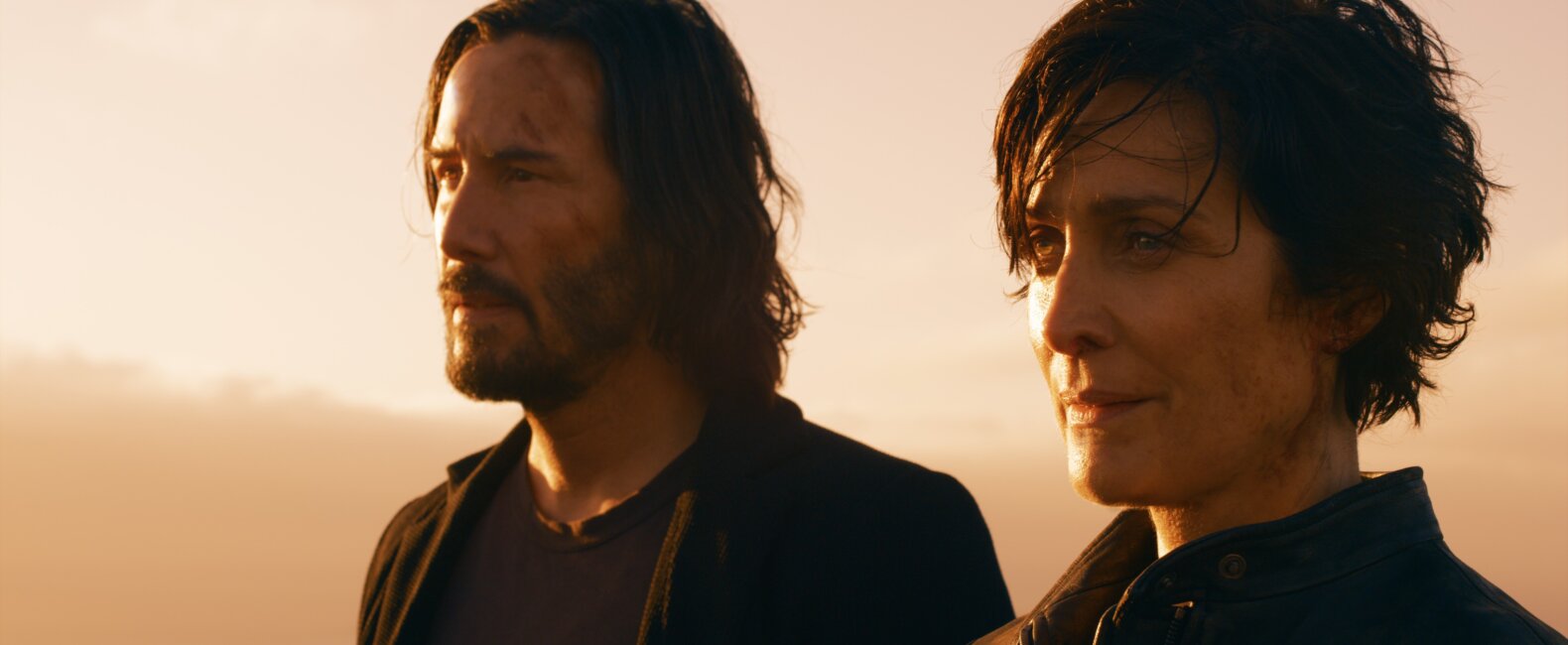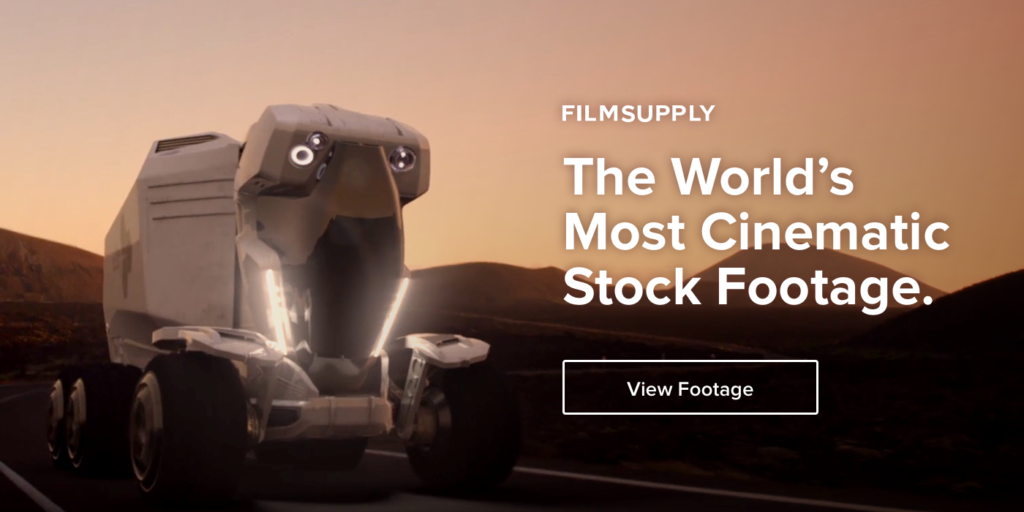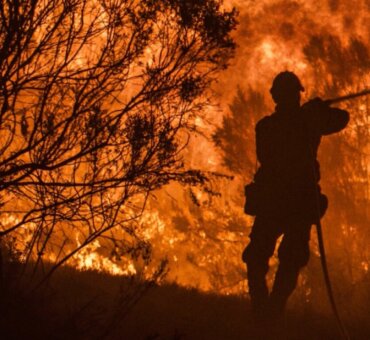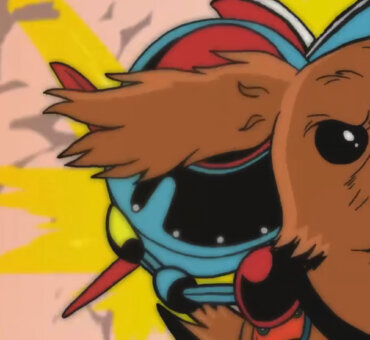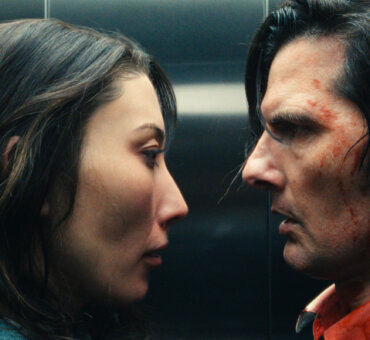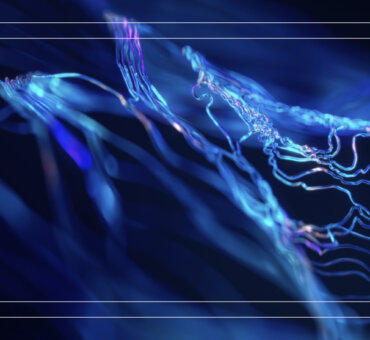For editor Joseph Jett Sally, Matrix Resurrections marks well over a decade of collaboration with the Wachowskis, going back to Speed Racer. While the original Matrix trilogy is best remembered for its cutting-edge approach to cinematography, audiences also invested heavily in its characters. This new entry to the franchise hearkens back to that pronounced focus on character and emotion rather than trying to reinvent bullet time.
We had the opportunity to sit down with Sally to discuss collaborating with the Wachowskis over the years—as well as some of the specific challenges he’s faced as an editor.
Filmsupply: We saw that you assisted in cutting the Star Wars prequel trilogy—and acted as VFX editor. Did Lucas’ interest in combining different takes to get the best performances from each actor (all in one frame) affect how you edit a scene?
Joseph Jett Sally: It’s funny you should mention it because I’ve used that approach in many films since. I find that having that flexibility, while it sounds like it makes for more work, actually makes so many things easier. It could be a matter of timing or altering the screen composition, but for me it’s nearly always better when the actors are in the same frame together.
The original Matrix films relied on very strong previsualization, which makes sense given the Wachowskis’ interest in comics and graphic novels. Did that carry through on this film as well?
There was a whole lot of conceptual artwork generated, some of it quite striking, but not so much in the way of pre-vis. We used it for some of the flying sequences, and there was some post-vis when I needed it, but Lana wanted very strongly to get away from measured, formal film work.
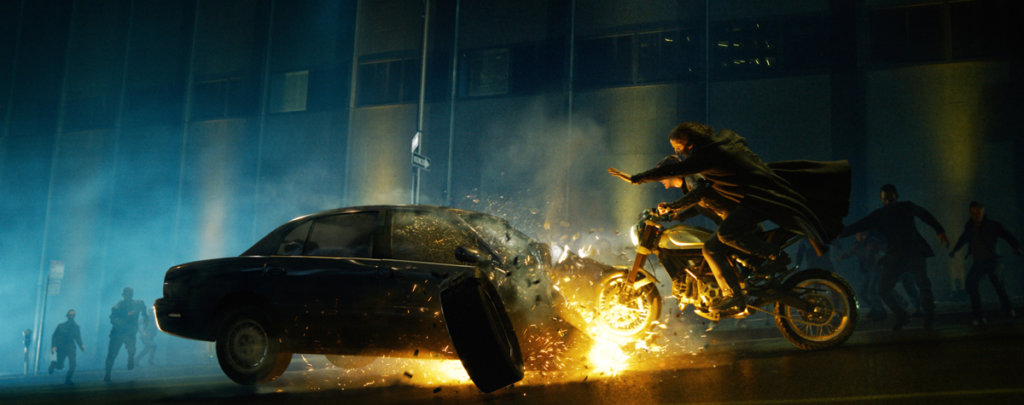
That take on things started with Sense8, when she loosened up in shooting style and used a Steadicam all the way through, which was a significant departure from the first series.
Given that the first film has become a landmark film and a benchmark for visual innovation, what was it like to take on this follow-up, and was there a concern about how much to leverage what came before vs. carving a new path?
Lana wanted everybody to remain conscious of the original films, and so our film pays a certain amount of fan service early on — but then we deliberately gravitated away from that in a lot of ways, such as altering the color palette. We did use flashbacks to the original films, both as a reminder to fans of special moments and for their emotional content. They are used sparingly, just enough to inform anybody who hasn’t seen the originals. But we did not want to do the same thing over again, because it’s dangerous territory when you revisit the same material in the same way.
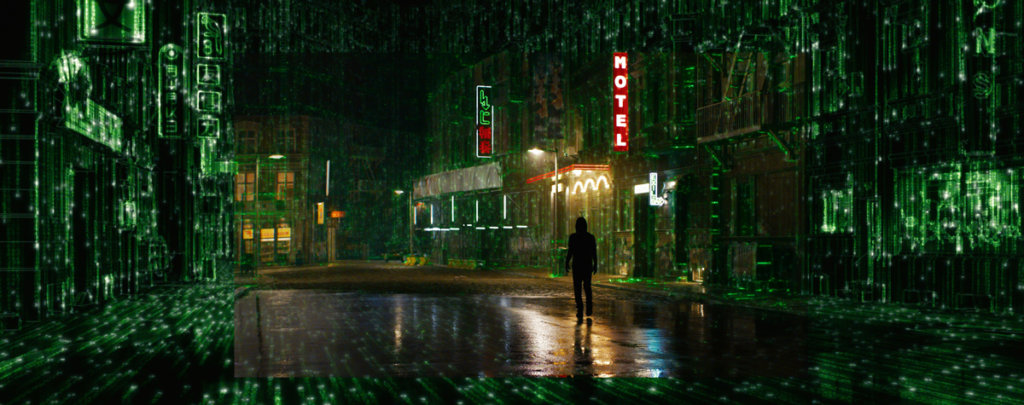
I think Lana and her cowriters were very clever and wound up with something very smart and fun and, at times, irreverent—fasten your seatbelts, this can get quite “meta!”—and they reworked the script repeatedly to get the story to this new place that was in a lot of ways more about emotion than spectacle, which influenced how I approached the cut and what I focused on.
Can you give an example?
In some films, you might dwell on the introductions to certain characters, but only if it is merited and feels right. Whenever you try to do something out of a sense of obligation, it can feel forced and become obvious you’re leading the audience.
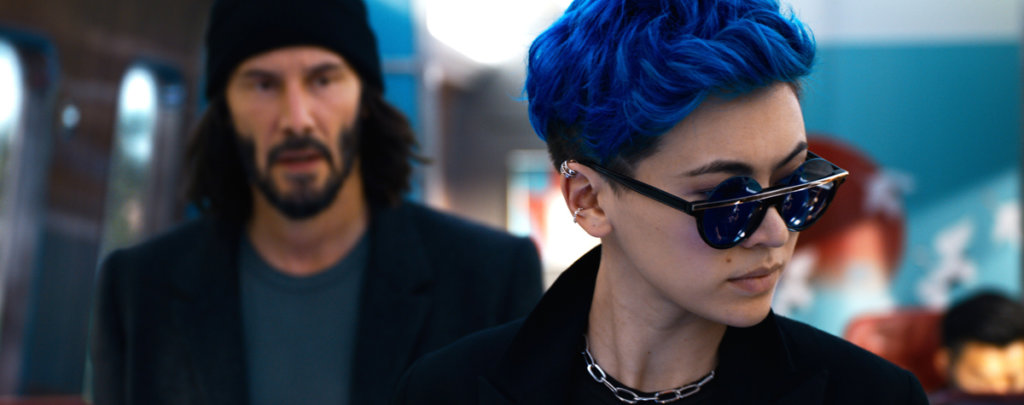
We kind of toss the audience out into the story at the beginning, when you’re seeing what at first seem to be scenes from the original film, but then you see there are different actors in the familiar roles, but rather than dwell on those faces, we just note that and move on. A lot of audiences are probably so familiar with these scenes from the first film that they probably are smart enough to pick up on these call-outs that things aren’t exactly the same. We also discovered something musically from Don Davis’s original score for The Matrix that saw action throughout our film, so that’s something the fans might also pick up on.
Were you cutting along with the shoot, or did that only start after the film wrapped?
I was there with them when they began shooting in San Francisco, then started cutting as filming progressed. There was a large amount of material, and I didn’t want to get too far behind. The film was very much about capturing moments on location rather than on stage, and with a camera that could be spontaneous rather than limited to preplanning and fixed rigs.
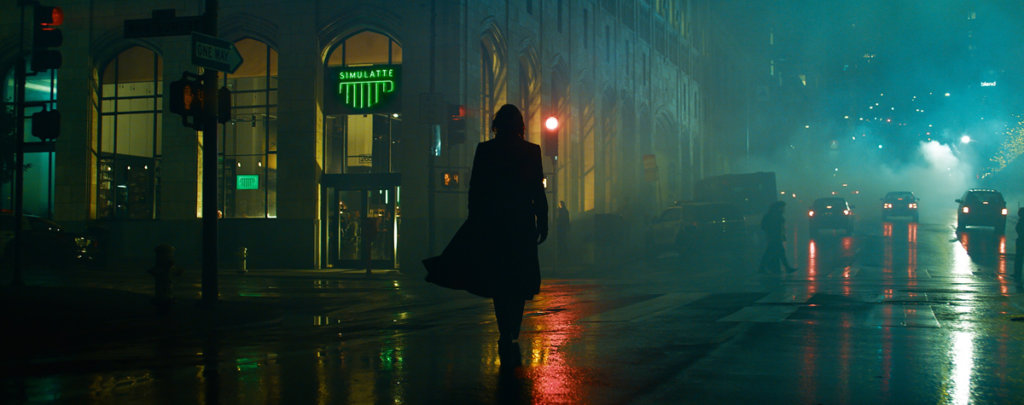
Keanu and Carrie-Anne did their own flying stunts, but to get the perfect lighting meant doing a lot of takes. Lana’s all about natural light and how important the position of the sun was in frame, so timing the leaps so the sun is behind them was a real tough one to achieve in-camera. A CG sun can certainly work, but it’s never going to work the same.
Not every production can afford to go a Terrence Malick–Days of Heaven route and wait on the sun.
In the sequence set in Tiffany’s [Trinity’s alter-ego] workshop, we only had the sun for about three hours per day. Lana knew we were going to lose it by a certain point each day in August, so we shot four or five days over two or three weeks to make sure we had the sun positioned perfectly throughout for this Rembrandt lighting look.
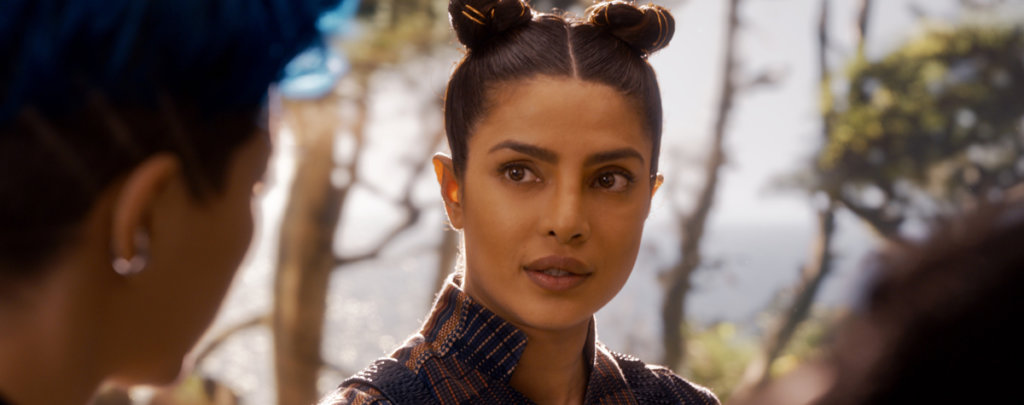
There are a lot of different frame rates going on in that sequence, shooting at 8fps, 24, 48, 96, and 120; plus, I did a lot of speed manipulation in editorial, as well as kludging images together. We had an in-house VFX team that improved my mattes and cleaned things up, because everything we can do to make a good road map for VFX so they can just take the imagery and run with it is going to help make things easier.
What is your preferred toolset? Any special additions this time?
I always do all of my work in Avid. Lots of people think that’s crazy, but it works for me. Lots of things I give to VFX get taken out of that environment and worked on before they come back to me, but the plug-ins I have for it work fine. Also, if I need to recut, it is easier for me to get into all the various layers to do the tweaking. If I get a standalone piece of footage back, it is going to be harder for me to break it apart. And because our DP and DIT remained involved during post, colorspace was consistent all the way through the pipeline, regardless of which VFX vendor was touching the image.
Any particular sequence that was most memorable or challenging for you?
The “treadmill of life” — a montage showing Keanu’s character trapped in this boring existence, something you see a bit of in the trailer—was a sequence that we revisited almost daily throughout post. We’d be altering both picture and sound, so that became something very challenging in terms of logistics and finesse. But Lana was very good about the notion of “when the test is over, pencils go down and stay down,” so we finished on time even though the release got moved up by about three months. I guess the one overriding aspect for me was the need to get it right because it can be overwhelming to think about how much The Matrix meant to so many generations of filmmakers.
